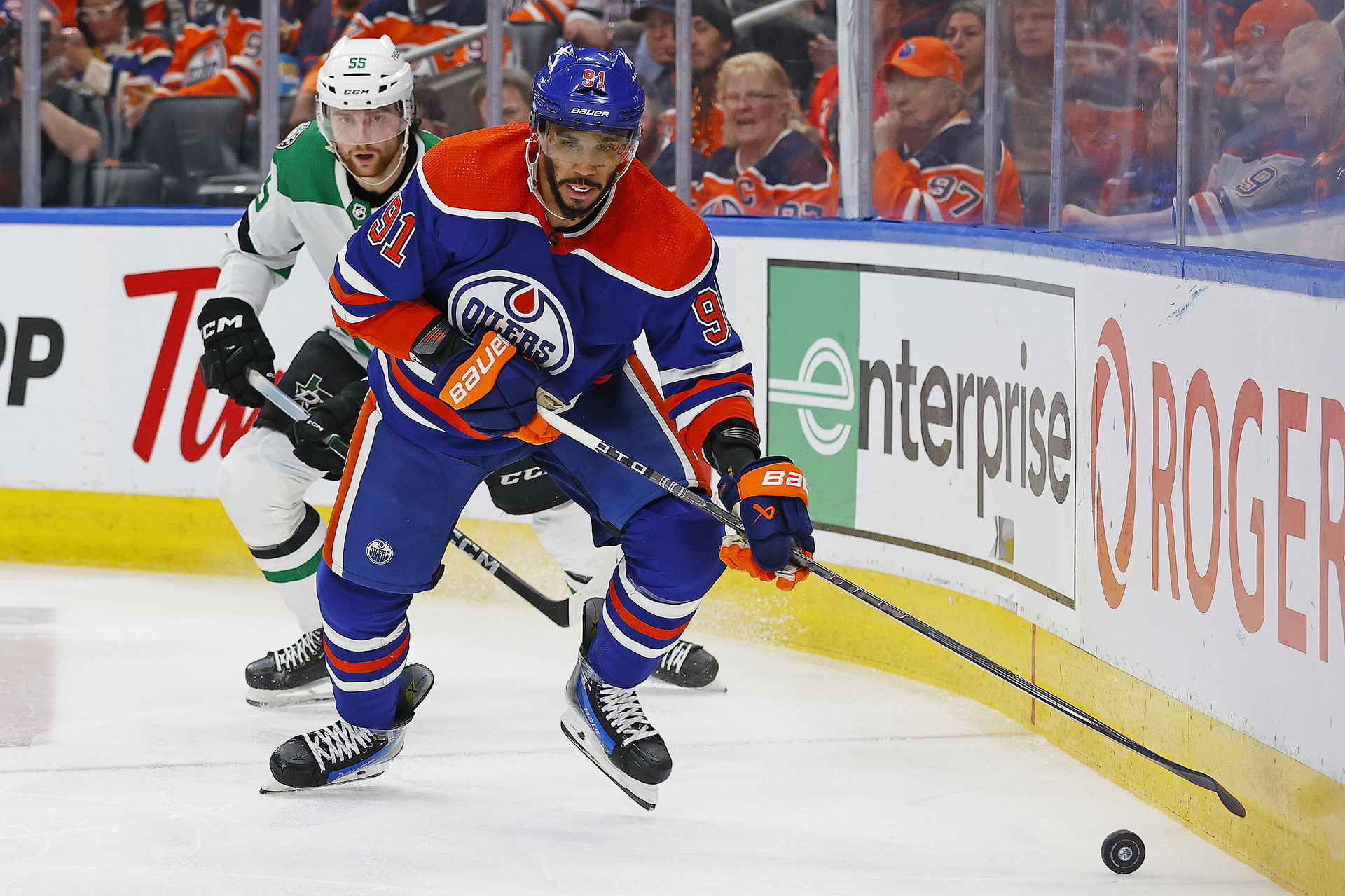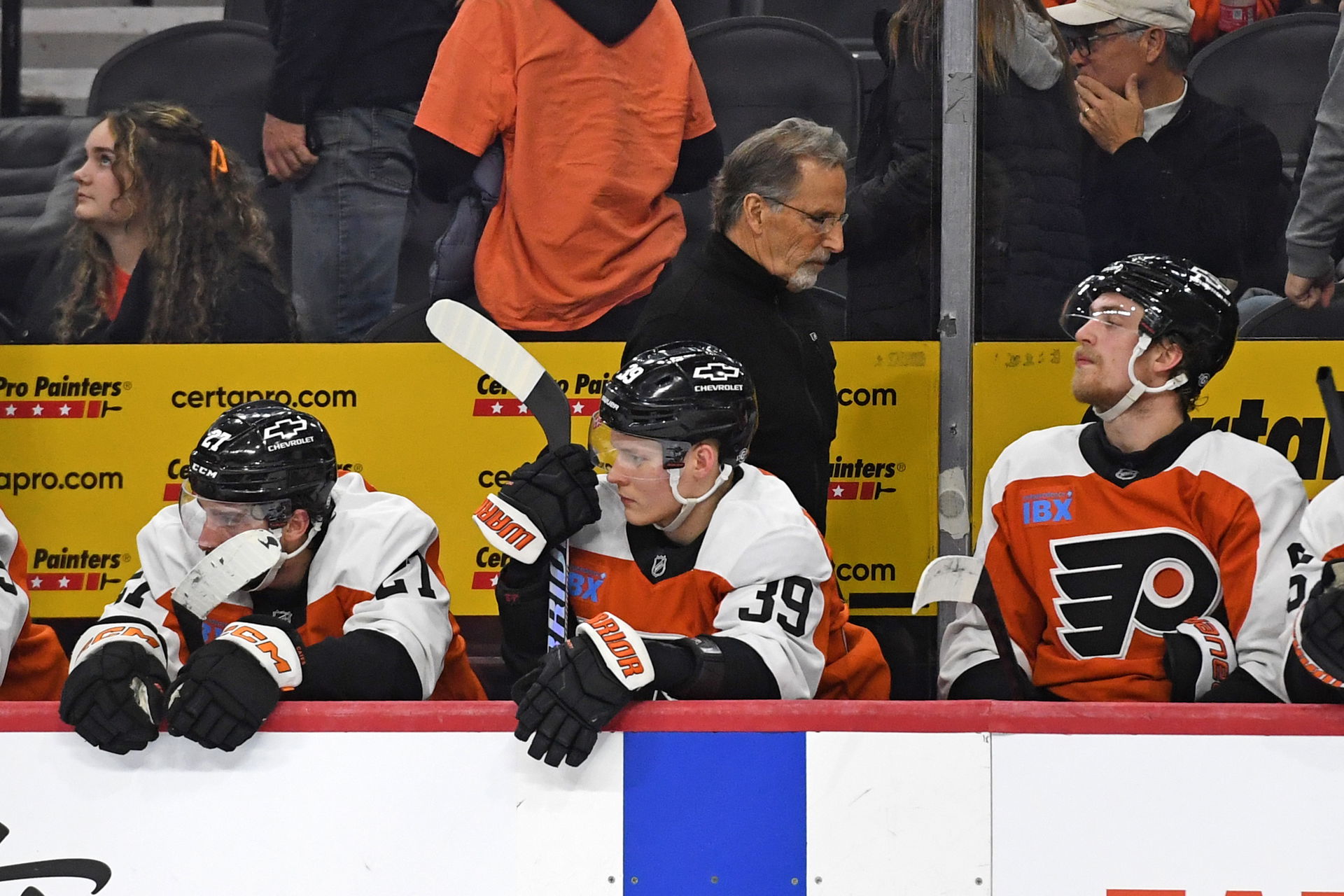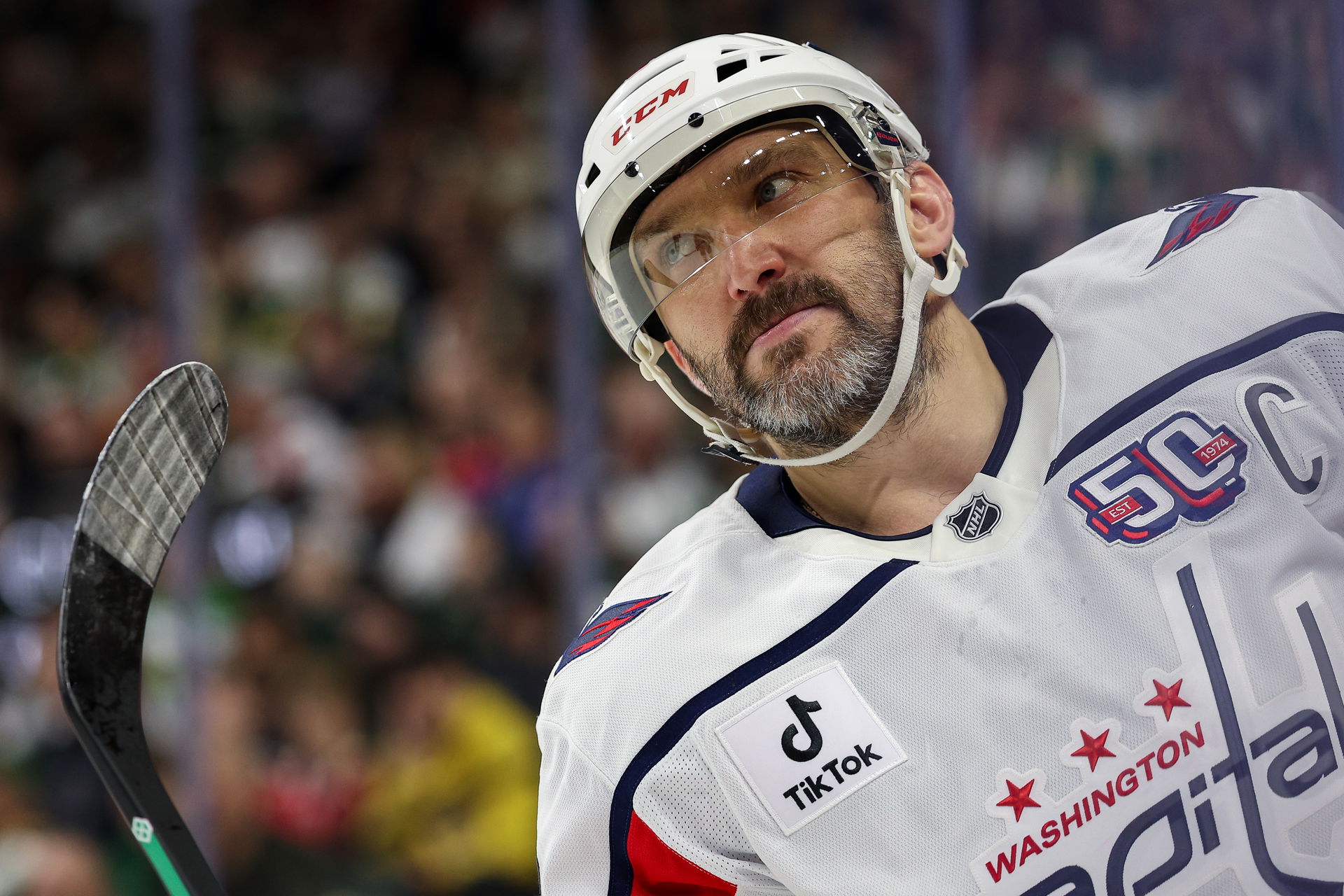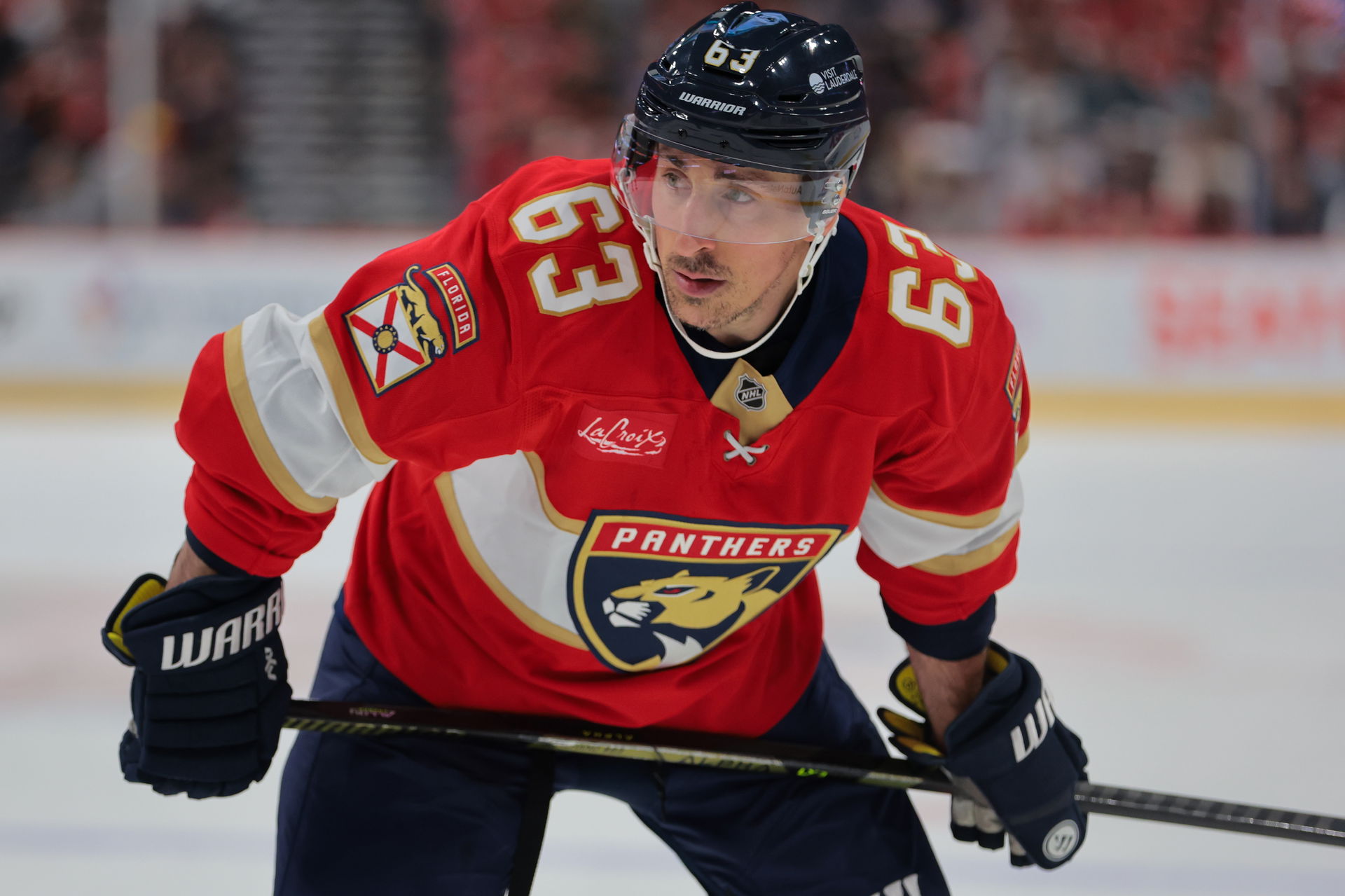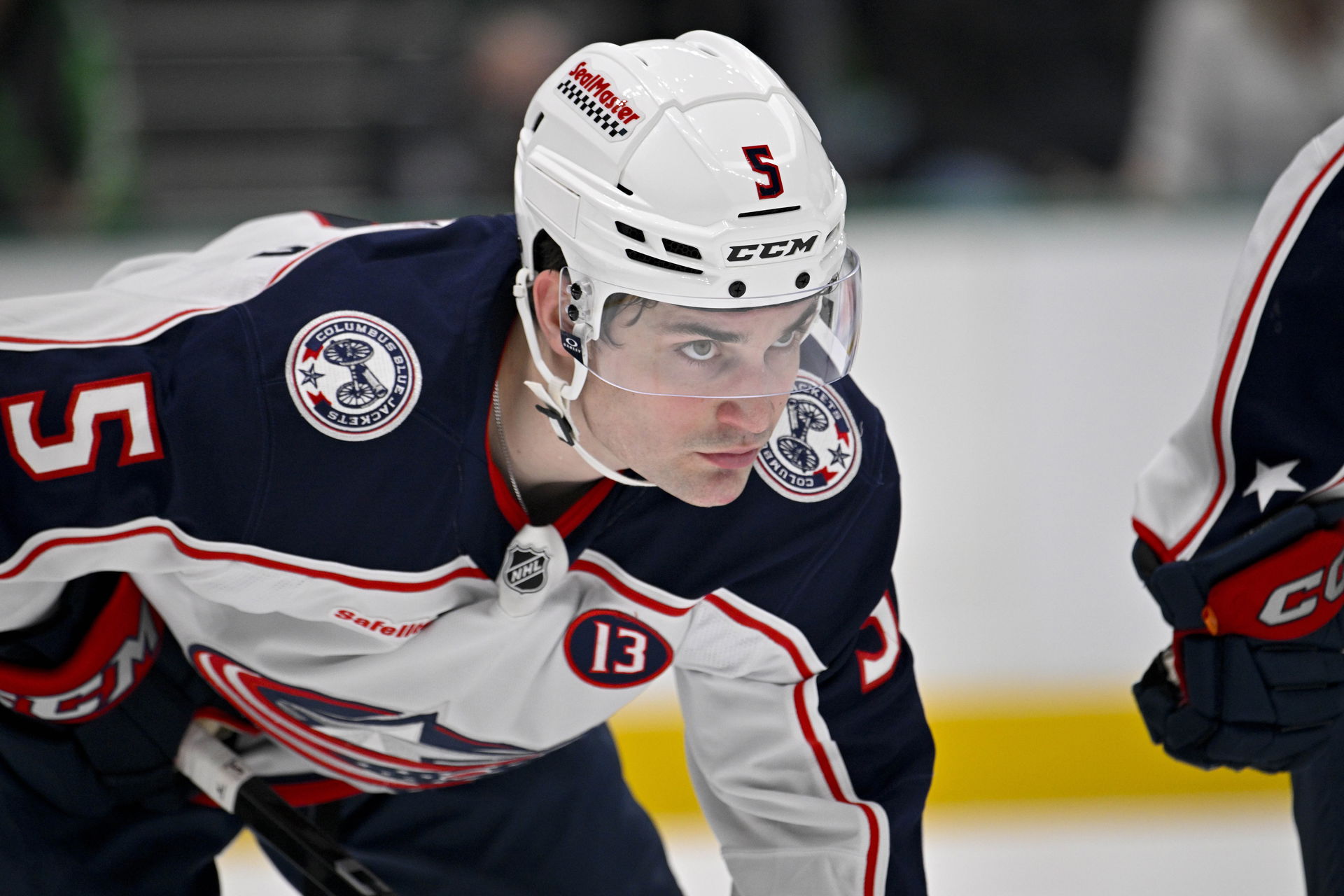
Win or lose, the Golden Knights’ success could spur change in copycat NHL
Not until the NHL expands again — hello, Seattle? — can the Golden Knights’ blueprint be truly mimicked, but rest assured the entire league is paying attention to what has made Vegas so remarkably successful this season.
It’s one of the inevitabilities in the business of winning: when an idea or concept works, when there’s a seemingly proven method of success, others are going to latch on and attempt to ride that wave. Look no further than the post-lockout NHL and how Stanley Cup winners and contenders have influenced the rest of the league.
Experience was the watchword in the years when Carolina Hurricanes, Anaheim Ducks and Detroit Red Wings were winning the Stanley Cup coming out of the lockout. The youth movement started to come to the fore following the Pittsburgh Penguins’ 2009 title run, and the 2010 Chicago Blackhawks led some to wonder if a true-blue No. 1 goaltender was necessary to win a Stanley Cup. After all, that final was a showdown between Antti Niemi and Michael Leighton. Then the bruising, heavy, puck-possession style became the so-called winning formula as the Los Angeles Kings won two championships in three years, with speed-based, high-event hockey taking over again upon the Penguins’ consecutive Stanley Cups in the past two seasons.
So, as the Golden Knights continue their march toward the unthinkable, there’s more than a minor possibility that the next few seasons will see teams attempt to imitate the things that have made Vegas successful right out of the gate, regardless of whether they win the Stanley Cup or not. Such is the nature of an often copycat league.
That said, the reality is that in terms of style of play, the basis of Vegas’ game isn’t much different from that of any of the other most successful franchises in the new-school NHL. The Golden Knights' roster is built around speed, and listen to half a dozen seconds of any interview, media scrum or press conference with a member of the Vegas roster in which they have to talk about the way the team plays and you’ll hear the words fast, quick, up-tempo or some variance of that idea. That said, what the Golden Knights do differently than other teams who play with speed is aggressively forecheck and force split-second decision-making. Look back to any of the series Vegas has won in these playoffs. Be it against the Los Angeles Kings, San Jose Sharks or Winnipeg Jets, the Golden Knights have consistently used their forecheck to create turnovers and takeaways.
Consider that of those to play in at least seven games this post-season, Vegas skaters represent more than one-third of the top 35 players when it comes to takeaways per 60 minutes of play. And if those numbers aren’t enough to convince you, how about taking Drew Doughty’s word for it? In speaking with Kevin Weekes as part of a playoff roundtable, the Kings defenseman and potential 2017-18 Norris Trophy winner talked about the aggressive forecheck from the opening faceoff. “The way they start games is nuts, really,” Doughty said. “They just swarm you. The first five, 10 minutes, you just feel like you just got buried out there and you’re gassed for the rest of the game.” It’s a sentiment that was echoed by Anaheim Ducks winger Corey Perry.
The aggressiveness of the forecheck and how it can fluster the opposition pays dividends, too, because it allows Vegas to then transition its speed into a counter-attack game. Entire highlight reels were built around Vegas’ ability to counter in the conference final against the Jets, as the Golden Knights were often able to turn the puck up ice in a hurry to create odd-man rushes that had a tendency to end up in the back of the net.
But while some minor alterations to how teams forecheck is well within the realm of possibility, more likely than wholesale changes to the way the league’s other 30 coaches intend to run their benches is an adaptation to team-building. More specifically — and you can go ahead and call it the William Karlsson effect — don’t be surprised if we see more teams offer opportunities in-house to players whose abilities may be underutilized on the roster.
Few would have suggested Karlsson had the gift to be a 20-goal scorer in the NHL prior to the 2017-18 campaign, but given a bigger role in Vegas, Karlsson went out and potted 43 goals, and if you include his playoff performance, he has lapped his prior career performance almost twice over. It’s not just about Karlsson, though, because Erik Haula is another prime example of a player whose talent appears to have been misjudged during his time in Minnesota and one who was pigeonholed into a lesser role. Over the past two seasons with the Wild, Haula had become a threat for 15 goals per season despite playing fourth-line minutes. No surprise, then, that Haula became a 29-goal guy in 2017-18 with increased opportunity, more than doubling his previous career-best point total in the process.
And this is to say nothing of the way in which the Golden Knights’ success could impact blueline construction. Not a single rearguard on the Vegas back end carries even the slightest bit of Norris-caliber name value, nor would any have been thought to be a potential chip in a Western Conference championship team at the beginning of the campaign. But from ice-time leader Nate Schmidt to power-play specialist Colin Miller, the six top defensemen in Vegas are getting the job done by committee. Even in the post-season, the gap between Schmidt and Miller’s ice time is a scant five minutes. That’s rare in an era where we’ve seen Cup-winning teams such as the 2014 Kings or 2015 Blackhawks have near 10-minute chasm between their first and sixth defenseman.
Rest assured, though, win or lose the Stanley Cup, Vegas’ success is going to serve as an eye-opener for some and could stand to change the mentality of a few front offices around the NHL. That is, of course, until the 2019 Stanley Cup final comes about and two new teams with two new styles of play and two new blueprints change the mentality all over again.
Want more in-depth features and expert analysis on the game you love? Subscribe to The Hockey News magazine.

